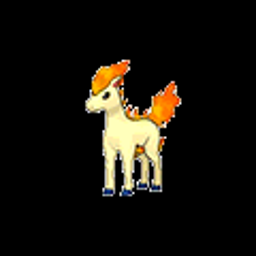/ personal updates
wanted to document and reflect some events from this past year, including:
quit my job at google this past summer
traveled and spent time with friends for a while
explored zero-knowledge cryptography, privacy preserving identity, and secure multi-party computation
biked, danced, and played in the desert dust at burning man
in theory, am a part of peer to peer residency – though i keep missing the sessions due to time zone differences …
danced to excellent music nonstop at sustain release
started building analog modular synths with stem modular, helped table at the brooklyn synth expo
organized and live-coded visuals for a show! tender alchemy @ hex house
still making music
also attended a number of gathering where i met a lot of great people and made new friends! including:
/ dweb camp reflections
wanted to write a little bit on my experience at decentralized web camp! i was able to go thanks to the generous support of dweb and attended as a governance track fellow.
as a fellow, i arrived a few days before camp and helped with build and setup – was really cool to see the community mesh network installed over a few days across the redwood forest! i think the early arrival also helped ease into the camp socially, as the rest of the crowd grew from a more intimate ~60 people to much bigger once dweb camp officially started.
i felt like i benefited a lot from meeting and engaging with a lot of international attendees and was also pleasantly surprised at how large the latin american and indigenous presences were, making friends who were from and/or working with communities from berlin, argentina, brazil, india, the new zealand maori community, as well as the cohort of healing waters fellows who focused on indigenous water stewardship practices.
the overall culture felt very casual and also pretty genuine. as opposed to more transactional, networking-type events, the camp felt like a low pressure, authentic gathering of cool, interesting, caring, and smart people who shared similar interests and wanted to meet, learn from, and build community with one another.
the way the event was organized felt highly distributed in nature as well, with workshops and programming emergent from the attending communities. the sessions were distributed over a couple of days, covering governance models, distributed and decentralized networks, cooperative and community leadership, and included fun activities like stargazing and making music together. i also enjoyed the casual meal times where you could easily meet a new set of people to process, engage, or decompress with.
i co-facilitated a workshop on distributed networks for community care with zarinah agnew, someone whose work i really respect and admire. informed by previous experiences in community building, transformative justice, and governance methods, we held space for open discussions on different approaches to distributing community care for increased resilience and sustainability and led people through a social ecology mapping exercise for identifying and reflecting on their own care webs.
it was exciting to see so much ongoing work in this space, both from community organizations that have been around for a while as well as from those newly emerging. my wish is to see more community collaboration, as i notice a lot of overlapping research, interests, and efforts, including between more formal institutions with more casual community groups. i’d also like to see increasing access and ease for new people to get involved.
overall, i felt excited going into the camp and left feeling satisfied and inspired, with the biggest highlight being the friends made along the way (very cheesy). i really enjoyed my experience would definitely recommend it to anyone who’s interested in distributed technology and community networks <3
/ what’s next?
currently, i’m back in new york and hoping to stay put for at least a little bit. i’m building hardware synths part-time and making music as i enjoy my sabbatical. i think nearing soon i’d like to take on more part-time or possibly full-time work, especially related to researching: coops and governance; cryptography; distributed systems; hardware for music :-)

















































































































